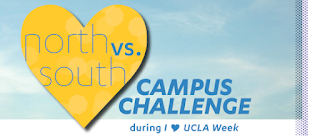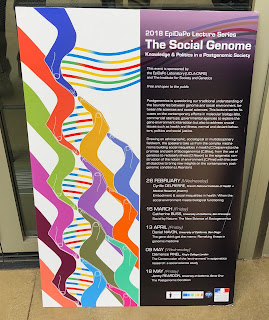Week 1: Two Cultures
 |
| Division of UCLA campus |
 |
| Political Science is both humanities and science |
In fact, I can see Political Science possibly being the third culture that would bring science and humanities closer (Vesna, 2001). It is an interdisciplinary field that studies sociology, economics, anthropology, history, and classical theories, etc. At the same time, it also forms hypotheses about the causal effects of certain events and performs experiments that would falsify said assumptions. It is a perfect balance between literary intellectuals and science (McNamee, 2014).
 |
| Art and Science by Kailash Nair |
Work Cited
Andreasen, Nancy C. “Creativity in Art and Science: Are There Two Cultures?” Dialogues in Clinical Neuroscience 14.1 (2012): 49–54. Print.
Green, Hannah. "Art and Science: Seen as Dichotomous Practiced as Dependent" (2014). Undergraduate Honors eses. 107. https://scholar.colorado.edu/honr_theses/107
McNamee, Gregory. “Erasing the gap between art and science.” Science Magazine. 2011. Retrieved from http://www.sciencemag.org/careers/2001/05/erasing-gap-between-art-and-science
Nair, Kailash. "Art and Science."Organizational Development 'Art or Science?'. Linkedin. 2017. Retrieved from https://www.linkedin.com/pulse/organisational-development-art-science-kailash-nair
Nair, Kailash. "Art and Science."Organizational Development 'Art or Science?'. Linkedin. 2017. Retrieved from https://www.linkedin.com/pulse/organisational-development-art-science-kailash-nair
Snow, Charles. The Two Cultures and the Scientific Revolution. New York: Cambridge UP, 1959. Print.
Vesna, Victoria. "Toward a Third Culture: Being In Between." Leonardo. 34 (2001): 121-125. Print.



I totally agree with you about seeing Political Science as being the third culture that bring science and art together. Your correlation on Political Science major, that viewed as a combination of both, has widen my perspective towards our majors on campus, as well as connecting to the topic of "Two Culture" we learned this week in DESMA9.
ReplyDeleteAlthough, the majorities considered them as two separate things, but surely, your blog has changed my vision towards them. You discussed the method that applied in both field and recognizing them as emerging, and at UCLA there are a lot of humanity classes that collides with science.